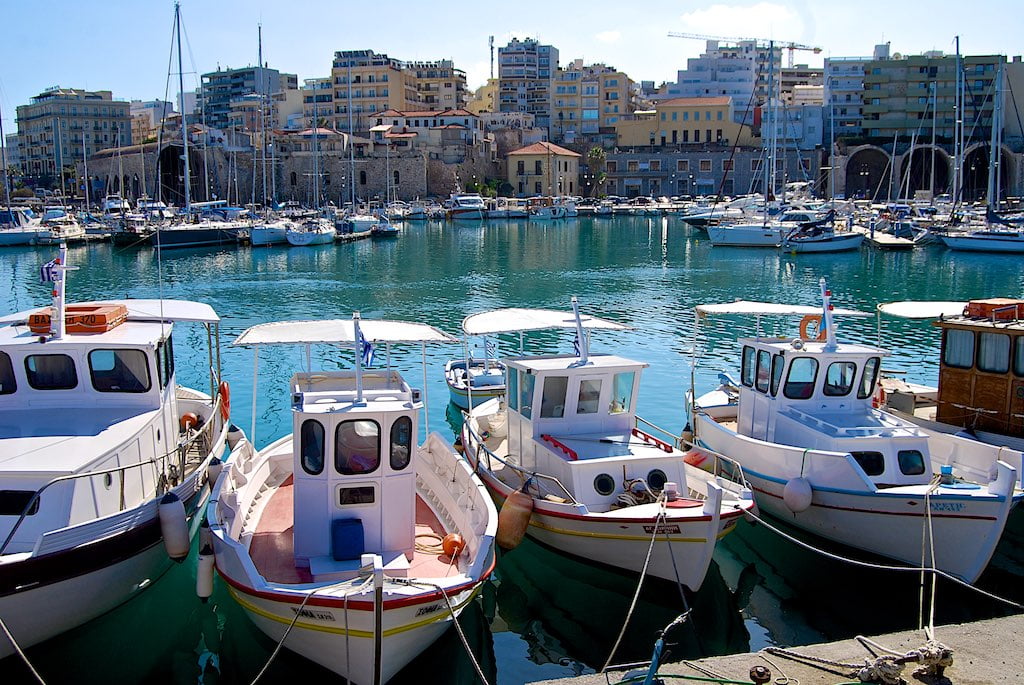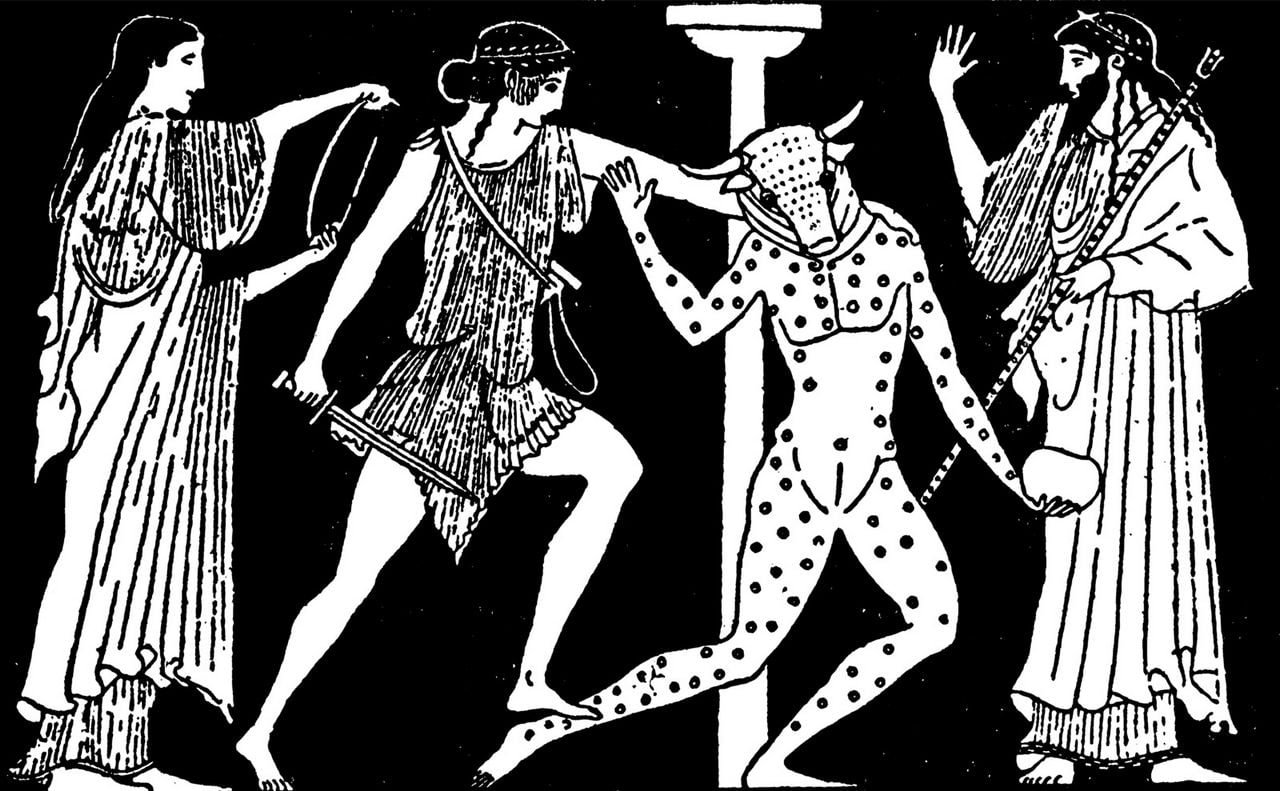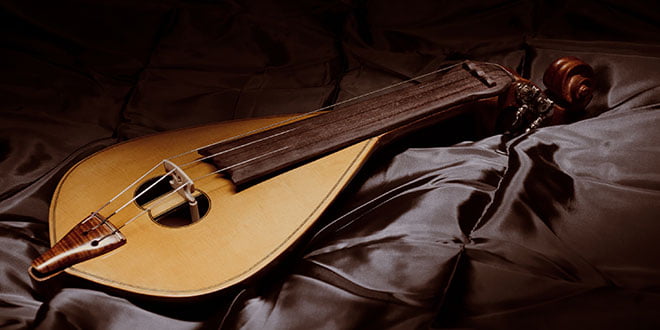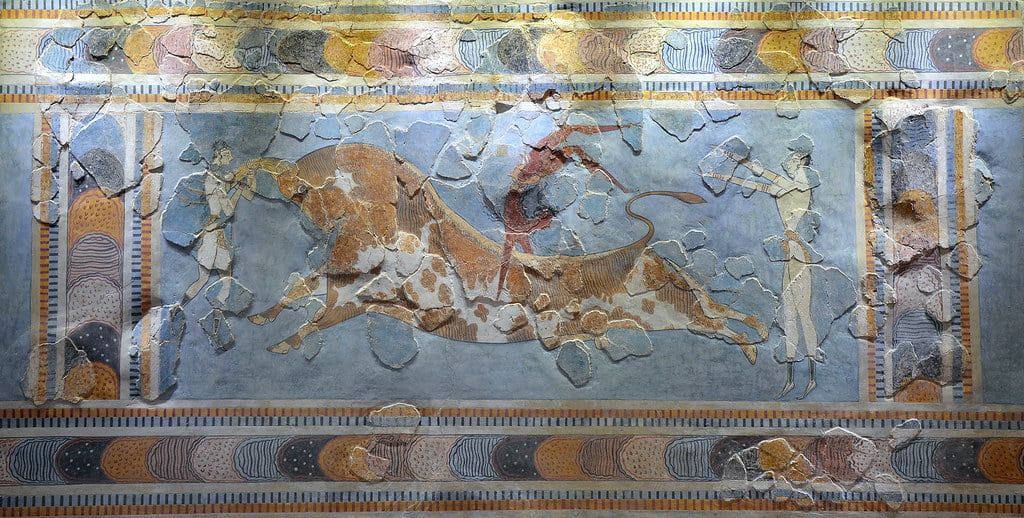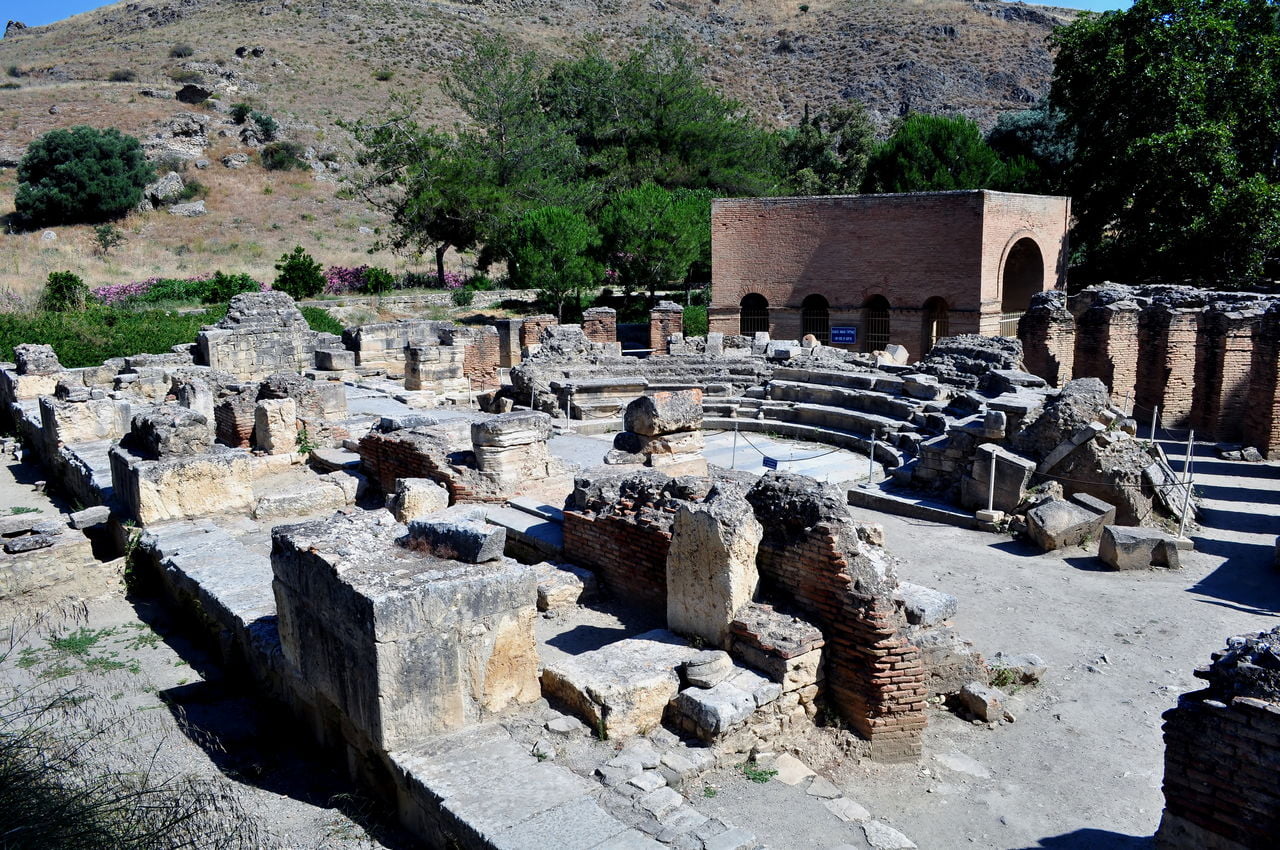Rethymnon, Crete: A Charming Blend of History and Beauty
Rethymnon or Rethymno is a delightful town on the Greek island of Crete, celebrated for its fusion of old town charm and a beautiful sandy beach. The town has a provincial air and retains much of its Venetian and Turkish architecture, providing a unique blend of architectural influences. With its narrow cobbled streets, picturesque squares and historic buildings,
Rethymno is a treasure trove of history and culture. For those interested in architecture, the town is a living museum, showing the influence of its various rulers over the centuries. Its antiquity, echoing through the millennia, presents the modern traveler with a vivid mosaic of conquests and civilizations.
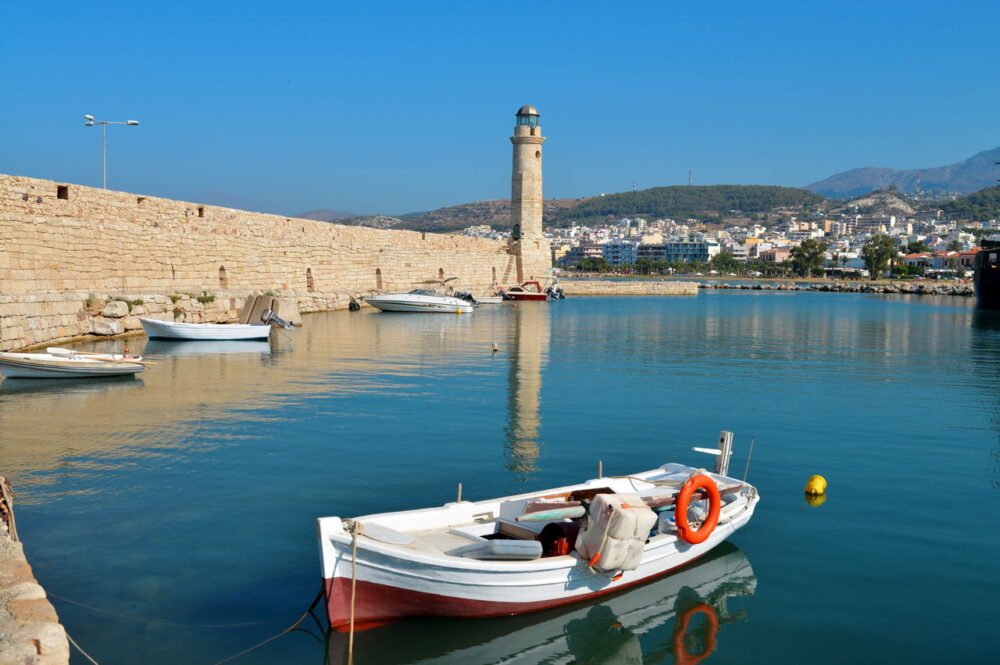
Location – How to get to Rethymno
Rethymnon is located on the northern coast of Crete, nestled between the cities of Chania and Heraklion. Overlooking the azure waters of the Aegean Sea, the city enjoys a prime coastal location. Its central location on the island also makes it a convenient base for exploring Crete’s many attractions. Whether you want to visit the ancient Minoan ruins of Knossos, hike through the breathtaking Samaria Gorge, or explore the charming old towns of Chania and Heraklion, Rethymnon offers easy access to all of these destinations.
- Visitors can reach Rethymnon by flying into either Chania or Heraklion airports and then taking a bus or taxi to the town.
- The bus ride from Chania takes about 1 hour, while from Heraklion it takes about 1.5 hours. These bus trips offer scenic views of the Cretan countryside with its rugged mountains, olive groves and picturesque villages.
- Alternatively, there are ferry options for those arriving from other Greek islands. These ferries dock at the port of Rethymnon, which is conveniently located near the city center.
Discover the charming blend of history and beauty in Rethymnon, Crete

Historical Background of Rethymno
Rethymnon has a rich history that spans over 4,500 years, with influences from various civilizations evident throughout the city. The Old Town is a living testimony to the city’s past with its winding streets, Venetian mansions and Ottoman minarets. Walking through the old town, visitors can travel back in time and imagine what life was like in Rethymno centuries ago.
One of the most significant historical influences in Rethymnon is the Venetian period. The Venetians ruled Rethymnon for more than four centuries and left behind a wealth of architectural treasures, one of which is the Venetian Loggia, a beautiful 16th century building that once served as a meeting place for the Venetian nobility. The Loggia is a fine example of Venetian architecture, with its arched windows, ornate carvings and elegant courtyard.
Fortezza Fortress
The Fortezza Fortress, built during the Venetian occupation, is a prominent landmark in Rethymnon, towering over the city from its hilltop location. The fortress was built in the 16th century, during a period of heightened insecurity in the Mediterranean. It was designed to protect the town from pirate raids and invasions, a common threat at the time.
The fortress is an impressive example of military architecture, with its massive stone walls and bastions. Inside the fortress, visitors can explore the various buildings and structures, including the remains of the old Venetian town, the governor’s palace, and several churches. The fortress also houses an exhibition hall that displays artifacts and information about the history of the fortress and the Venetian period in Crete.
One of the highlights of a visit to the fortress is the panoramic view of Rethymnon and the surrounding area. From the walls of the fortress, visitors can enjoy a bird’s eye view of the old town, the port and the Aegean Sea. The fortress is especially popular at sunset, when the setting sun bathes the city in a warm golden light.

Rethymnon’s Attractions
Rethymnon has a variety of attractions to suit all tastes. The Old Town is a maze of alleys and squares, with a new discovery around every corner. Whether it’s a hidden café, a boutique shop or a stunning piece of architecture, the Old Town is full of surprises.
For history lovers, the Archaeological Museum of Rethymnon is a must. The museum houses a collection of artifacts from various periods of the city’s history, providing a fascinating insight into Rethymnon’s past. The exhibits range from Minoan pottery and Roman statues to Byzantine coins and Venetian weapons, each telling a unique story of the city’s history.
The Rimondi Fountain is another notable attraction in Rethymnon. Located in a picturesque square in the old town, the fountain is a popular meeting place for locals and tourists alike. Built in the 17th century, the fountain is an example of Venetian architecture with its three lion heads and carved stone basin. The fountain offers a cool respite on hot summer days, its water providing a soothing soundtrack to the bustling city life.

Porta Guora stands as a sentinel to the Old Town, its Venetian walls whispering tales from the 1560s. This gate is a passageway to the soul of Rethymno, leading seekers to bustling marketplaces and relics steeped in Byzantine glory.
Museum of History and Folk Art is housed within the walls of a restored 17th-century Venetian villa, the museum is the custodian of Crete’s artistic heritage. With a collection of over 5,000 artifacts, from woven baskets to pottery, it invites visitors to traverse the island’s cultural odyssey.
Neratze Mosque, formerly the Church of Santa Maria, the building now known as the Neratze Mosque stands as a palimpsest of Rethymno’s Venetian and Ottoman chapters. Its towering minaret and preserved facade now harmonize with the melodies of the city’s music conservatory housed within.
As dusk paints the sky, the Venetian Harbor comes alive, its ambiance a blend of convivial clatter and the scent of the sea’s bounty. Dining by the sea, under the watchful gaze of the Egyptian lighthouse, is to feast amidst the essence of Rethymno’s maritime soul.
Activities and things to do in Rethymnon
Rethymnon offers a wealth of activities for visitors to enjoy. For outdoor enthusiasts, the mountainous outskirts of the city offer plenty of opportunities for hiking and exploration. The White Mountains or Lefka Ori, offer some of the best hiking trails on the island, with rugged peaks and deep gorges. The Samaria Gorge, one of the longest gorges in Europe, is a particular highlight, offering a challenging yet rewarding hike through stunning natural landscapes.
Rethymnon’s sandy beaches are another popular attraction, providing the perfect setting for relaxation and water sports. Rethymnon’s main beach, just a short walk from the old town, offers a long stretch of golden sand and clear blue waters. The beach is well equipped with sunbeds and umbrellas and there are several beach bars and restaurants nearby. For those seeking a more secluded spot, there are numerous smaller beaches and coves along the coastline.
Rethymnon also has a vibrant food and drink scene, with a variety of restaurants and bars to choose from. The city’s cuisine is heavily influenced by its Cretan and Mediterranean roots, with dishes featuring fresh local produce, olive oil and seafood. From traditional tavernas serving classic Cretan dishes to chic bistros offering modern interpretations of Greek cuisine, there’s something for everyone in Rethymnon.
University of Rethymnon
The University of Rethymnon, also known as the University of Crete (link), is an important institution in the city, contributing to its educational and cultural landscape. Founded in 1973, the University has grown to become one of the leading educational institutions in Greece. The University offers a wide range of academic programs, from the humanities and social sciences to the natural sciences and medicine.
The university’s diverse student body, made up of students from Greece and around the world, brings a vibrant and youthful atmosphere to the city. The University frequently hosts cultural events and activities such as concerts, lectures and film screenings, providing opportunities for the local community and visitors to engage with the academic life of the city.
Economy
Rethymno has an economy based on tourism, agriculture and industry:
The city’s main economic driver is its robust tourism sector, fueled by its picturesque old town, classic Venetian buildings, and numerous historical sites that attract many visitors each year. Since 2000, tourism has expanded significantly, resulting in the development of new tourist accommodations.
The city is also a center for cultural events, including the famous Carnival, the Cretan Diet Festival, and the Renaissance Festival, all of which add to its tourist appeal.
Agriculture is an important part of the local economy, and Rethymno is known for its olive oil and Mediterranean produce. It is home to organic farms such as Agreco Farm and Dalabelos Estate, which, in addition to production, offer farm tours and produce a range of organic products such as vegetables, herbs, olive oil and molasses.
In addition, Rethymno is promoting sustainability by adopting circular economy principles within the municipality.

Development
The development of Rethymnon has been carefully planned to preserve the charm of the old town while taking advantage of its proximity to a sandy beach. The city has managed to strike a balance between catering to tourists and preserving its historic character. The narrow streets of the old town are lined with traditional houses, cafes and shops, creating a charming and romantic atmosphere.
Rethymno attracts visitors from all over the world who come to experience its history, culture and natural beauty. As a result, a wide range of accommodation is available, from boutique hotels in the heart of the old town to luxury resorts along the coast. The city’s food and beverage scene, with its many restaurants, taverns and bars, also contributes to its economic growth.
Rethymnon’s development has also been shaped by its commitment to education and culture. The presence of the University of Crete has brought a youthful energy to the city and led to the development of a vibrant cultural scene. The University attracts scholars and students from all over the world, contributing to the cosmopolitan atmosphere of the city.
Festivals and Events in Rethymnon
Rethymnon is known for its vibrant festivals and events that celebrate the city’s cultural heritage and traditions. These events provide a glimpse into the local culture and offer visitors the opportunity to experience the festive spirit of the city. From religious festivals to music and dance festivals, there’s always something going on in Rethymno.
One of the most popular events is the Rethymnon Carnival, which takes place in February and March. The carnival is a lively affair, with colorful parades, traditional music and dancing filling the streets. Participants dress in elaborate costumes and join in the festivities, creating a festive and joyful atmosphere. The carnival culminates in a grand parade with elaborate floats and thousands of participants winding through the streets of the old city.
The Rethymno Renaissance Festival is an annual celebration of the city’s Renaissance and Venetian cultural heritage. The event features medieval theater productions, early music concerts and baroque art exhibitions. It is held from the end of August to the beginning of September at various locations in the city of Rethymno.
In general, Rethymnon hosts a number of cultural events throughout the year, especially in the summer, including music concerts, art exhibitions and theatrical performances. These events showcase the city’s thriving arts scene and provide opportunities for locals and visitors to engage with the local culture. Whether it’s attending a traditional music concert or exploring a local art gallery, there’s always something going on in Rethymno.
- The Island of Crete
- Heraklion
- Rethymno in Crete
- Chania
- Agios Nikolaos
- The Music of Crete
- Myths of Crete
- Bull Leaping in Minoan Crete
- Gortys, the Roman Capital of Crete
- Chrissi Island in Crete
- Eleftherios Venizelos
- Zorba the Greek
- Wind and Solar Energy in Crete
- Skinakas Observatory
- Rock Climbing in Crete
- A Farmer in Elounda
- The Allure of Crete’s 5 S’s
Read more:

